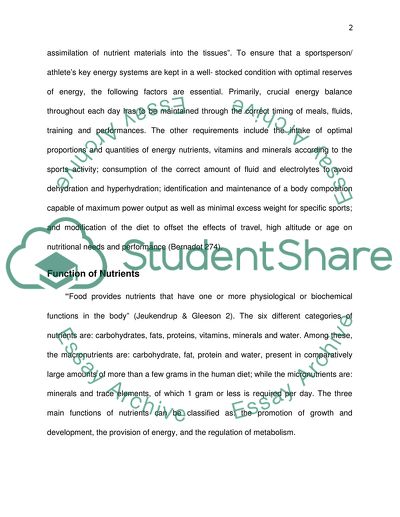Cite this document
(“Advanced Sports Nutrition Research Paper Example | Topics and Well Written Essays - 1250 words”, n.d.)
Advanced Sports Nutrition Research Paper Example | Topics and Well Written Essays - 1250 words. Retrieved from https://studentshare.org/sports-and-recreation/1739129-topic-in-nutrition-and-sports
Advanced Sports Nutrition Research Paper Example | Topics and Well Written Essays - 1250 words. Retrieved from https://studentshare.org/sports-and-recreation/1739129-topic-in-nutrition-and-sports
(Advanced Sports Nutrition Research Paper Example | Topics and Well Written Essays - 1250 Words)
Advanced Sports Nutrition Research Paper Example | Topics and Well Written Essays - 1250 Words. https://studentshare.org/sports-and-recreation/1739129-topic-in-nutrition-and-sports.
Advanced Sports Nutrition Research Paper Example | Topics and Well Written Essays - 1250 Words. https://studentshare.org/sports-and-recreation/1739129-topic-in-nutrition-and-sports.
“Advanced Sports Nutrition Research Paper Example | Topics and Well Written Essays - 1250 Words”, n.d. https://studentshare.org/sports-and-recreation/1739129-topic-in-nutrition-and-sports.


